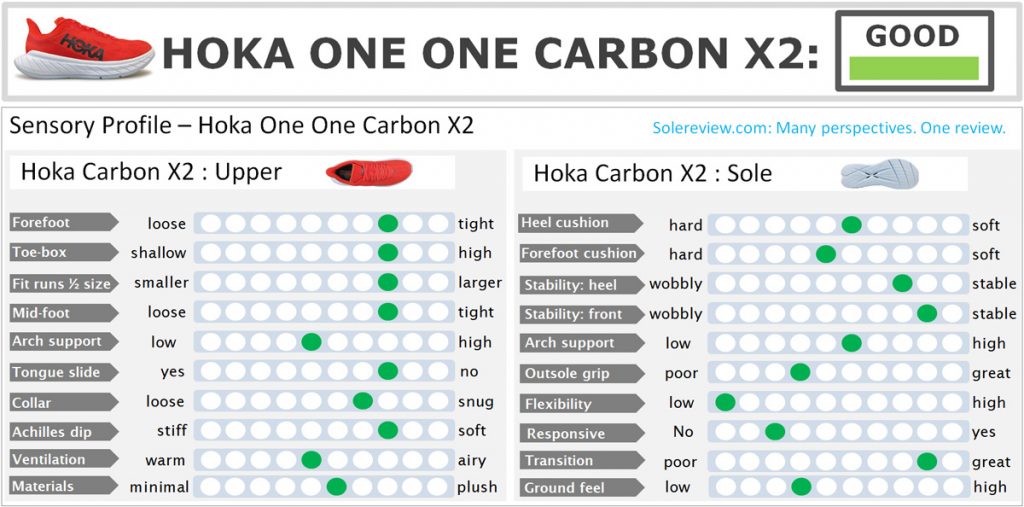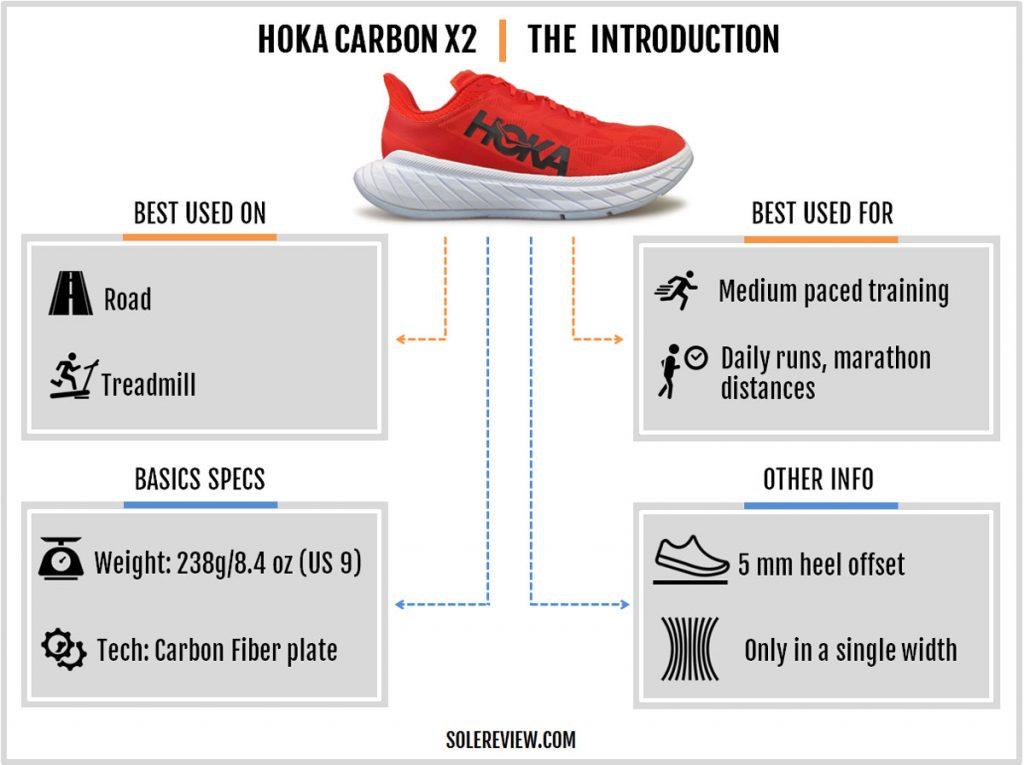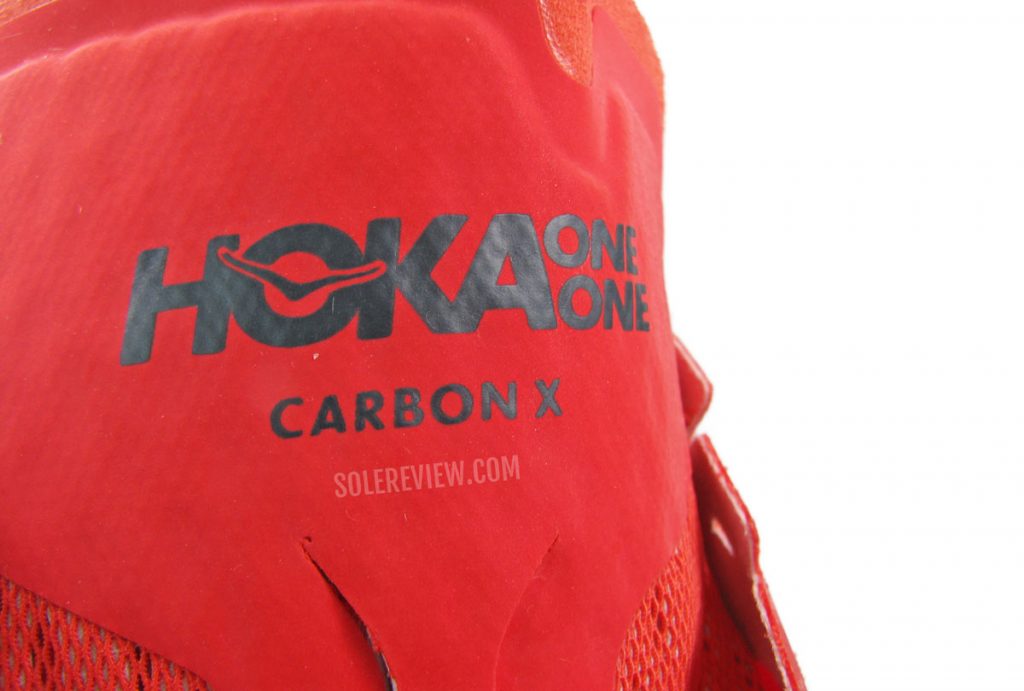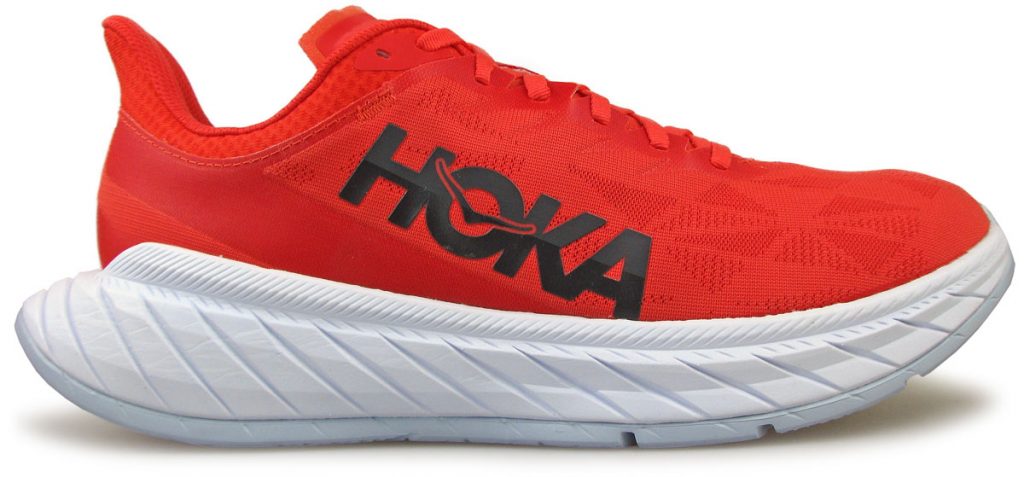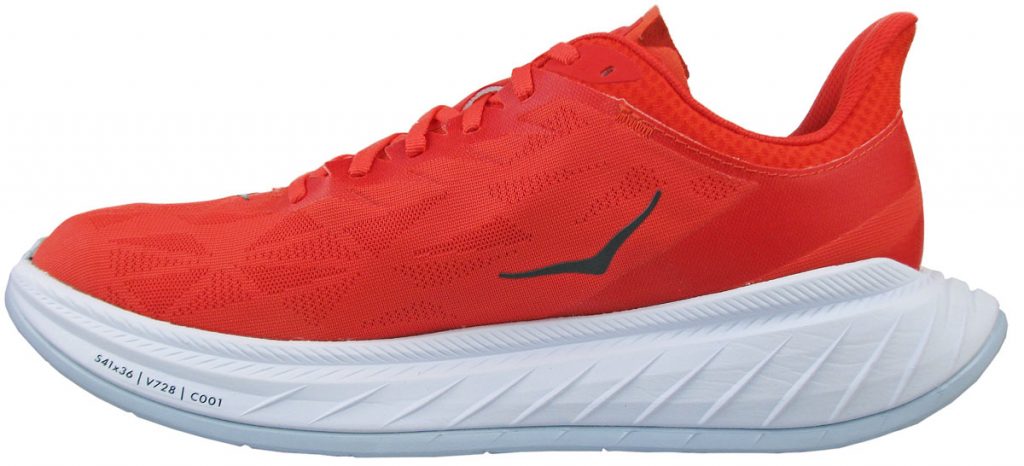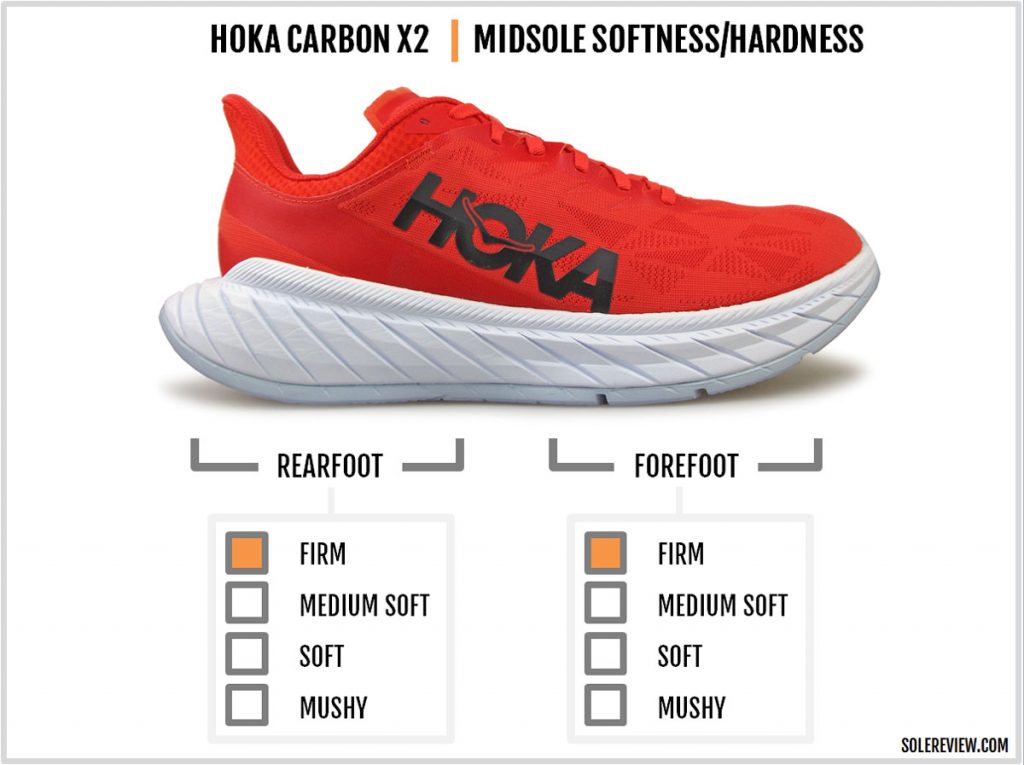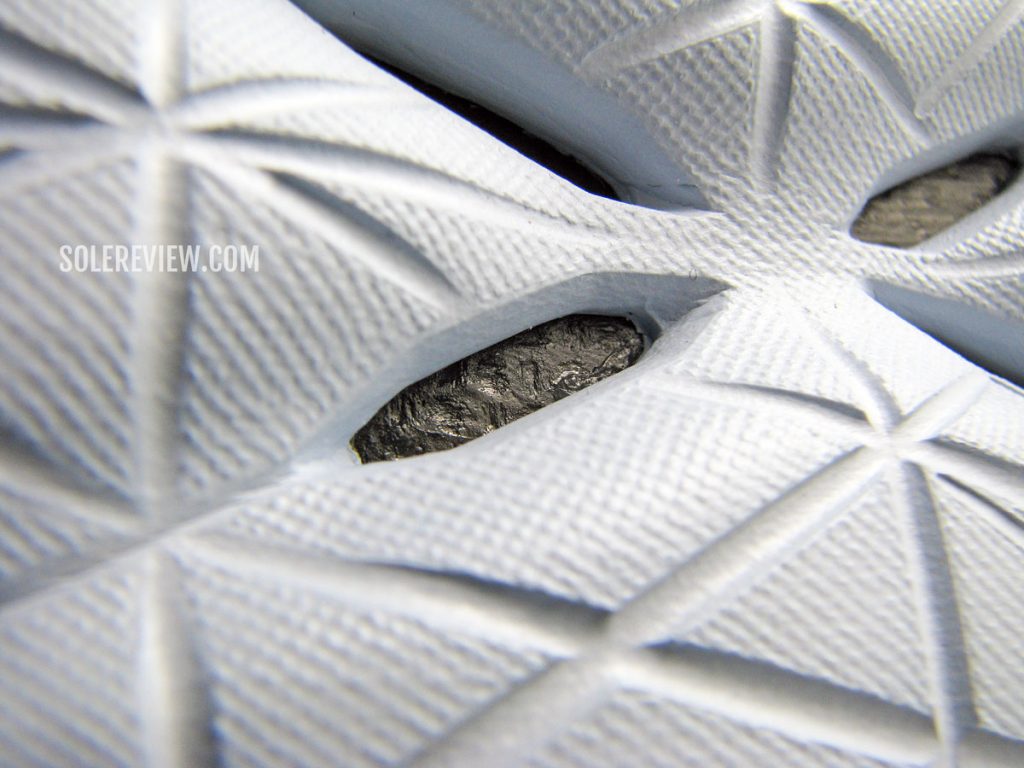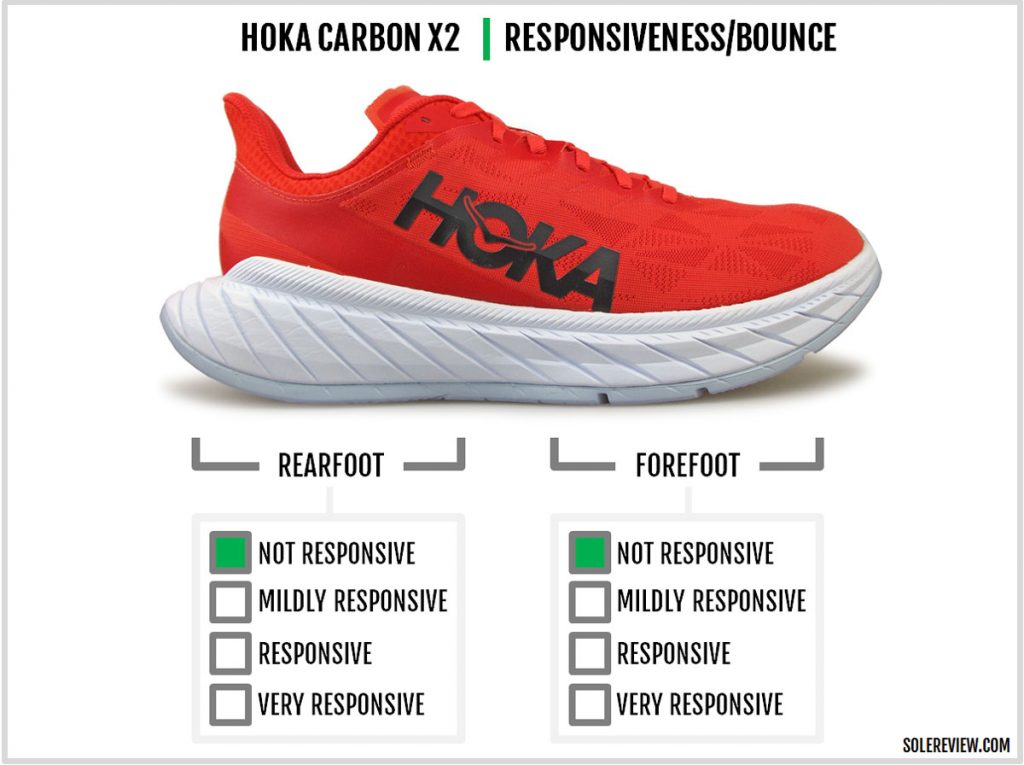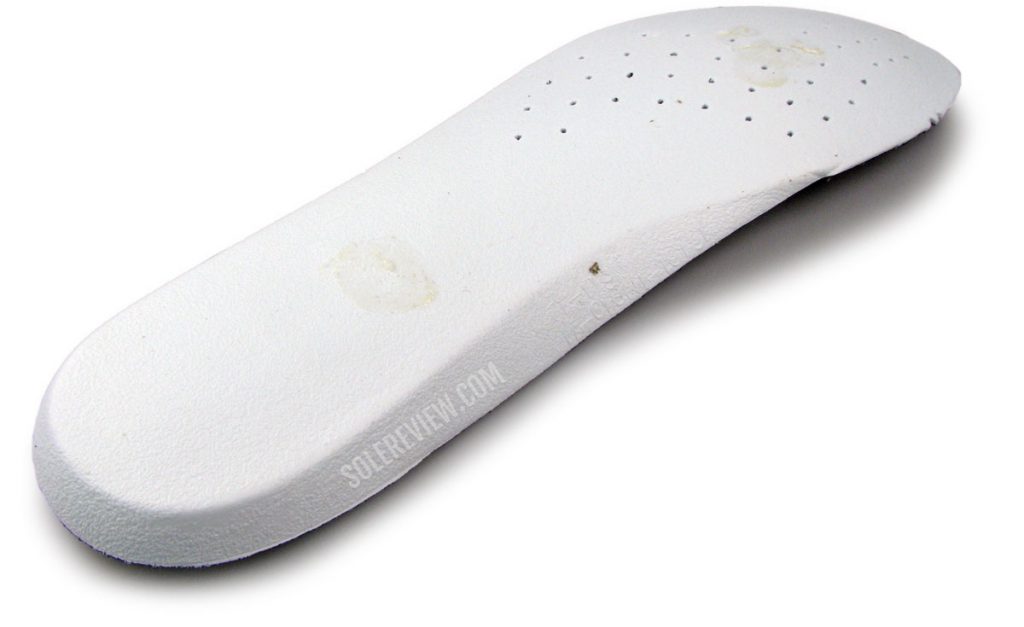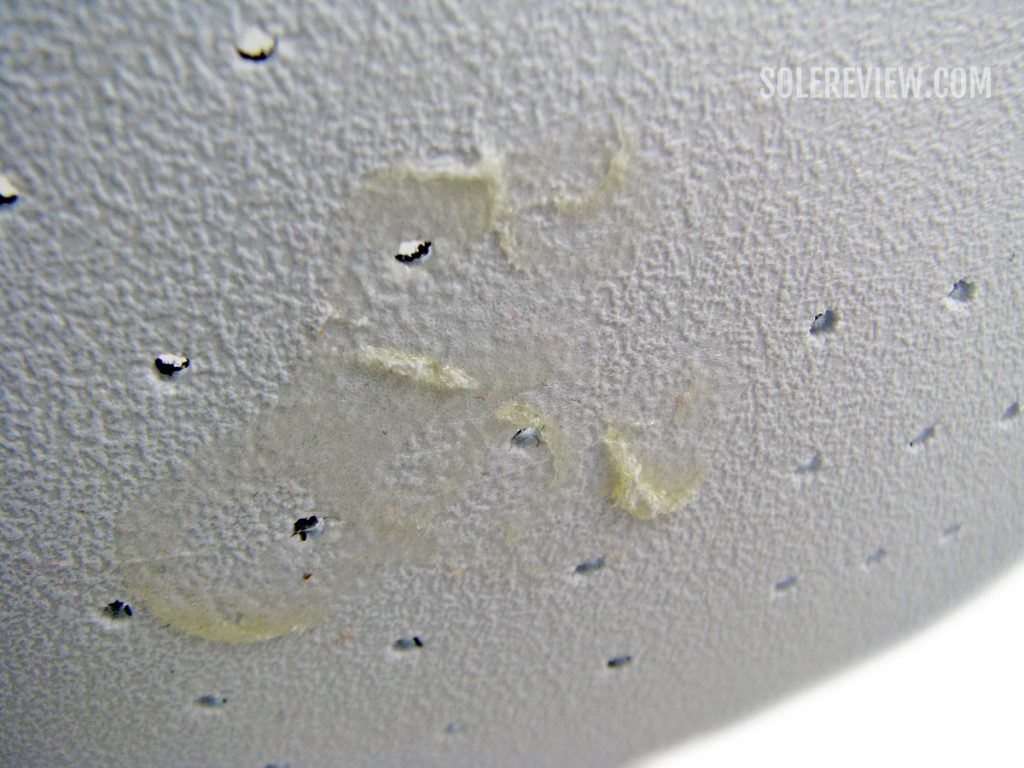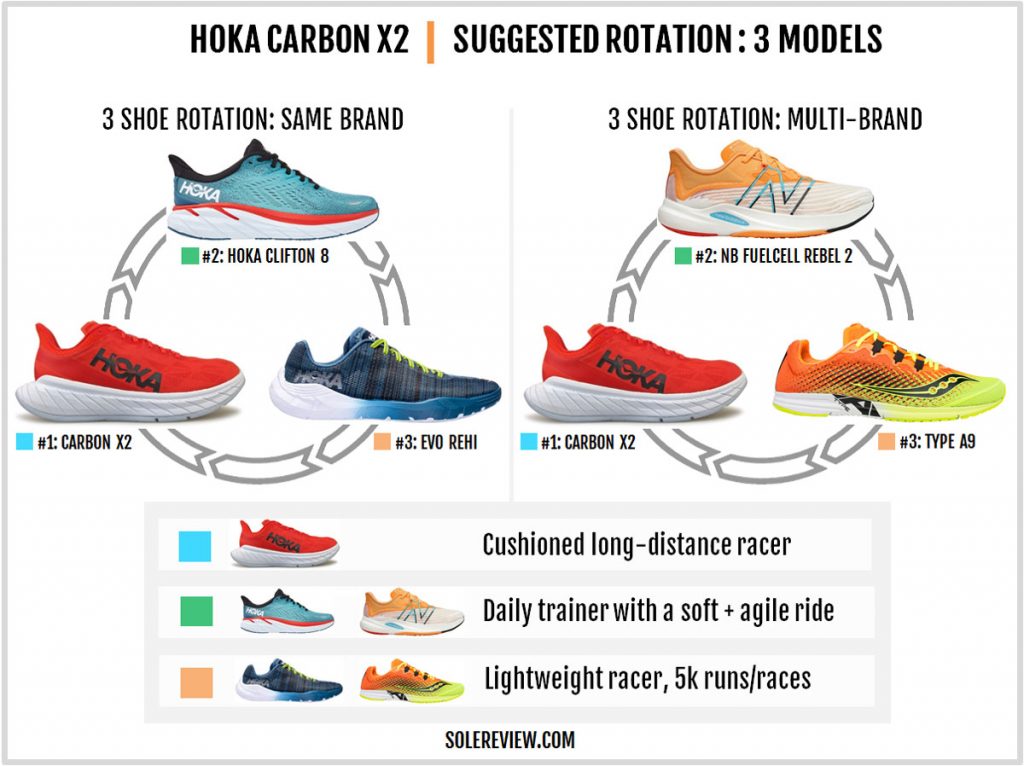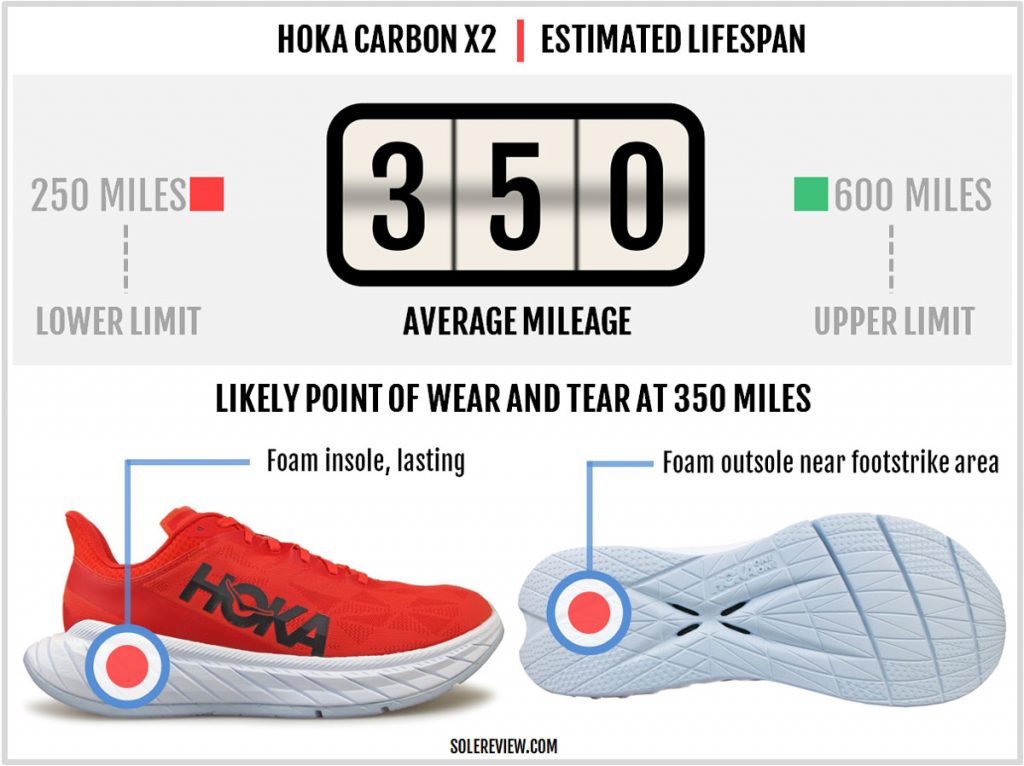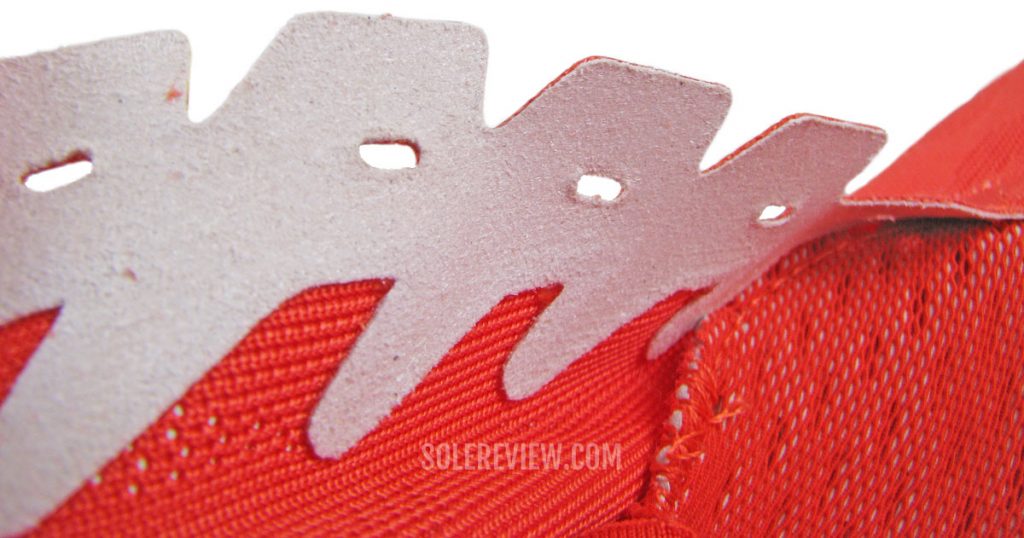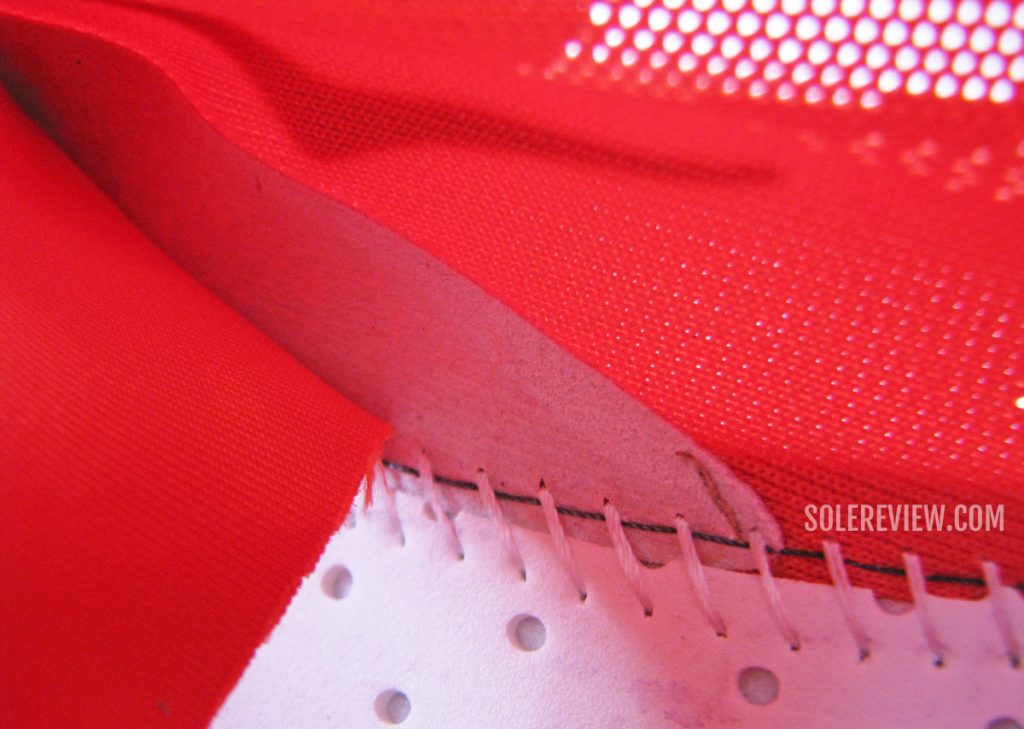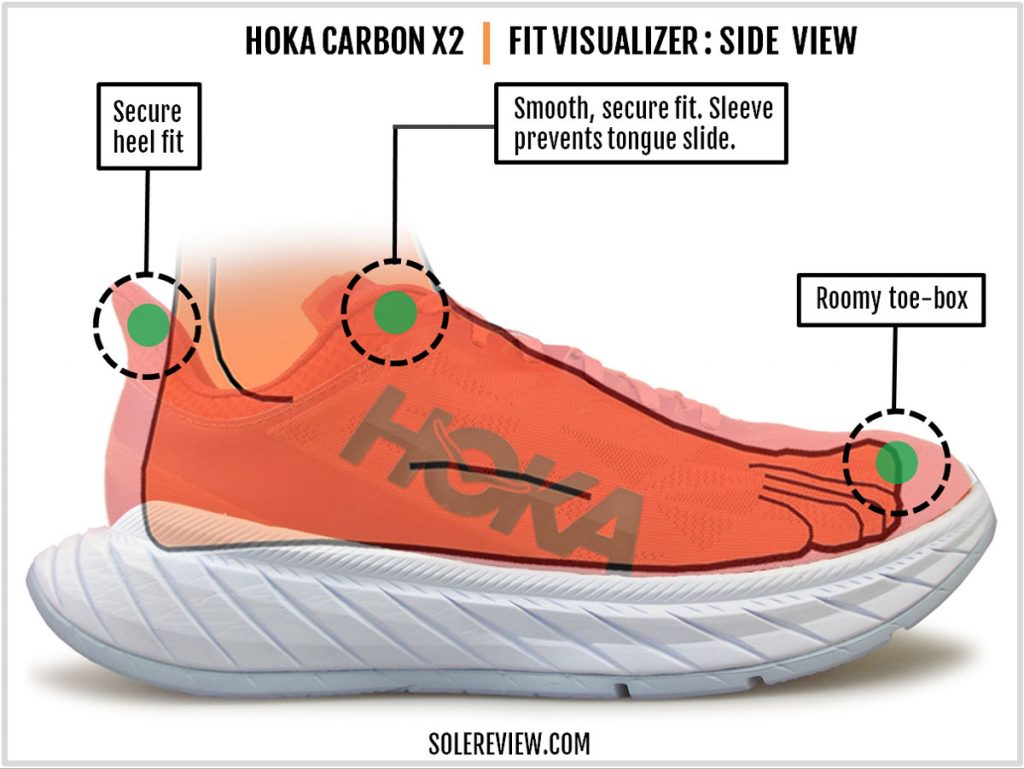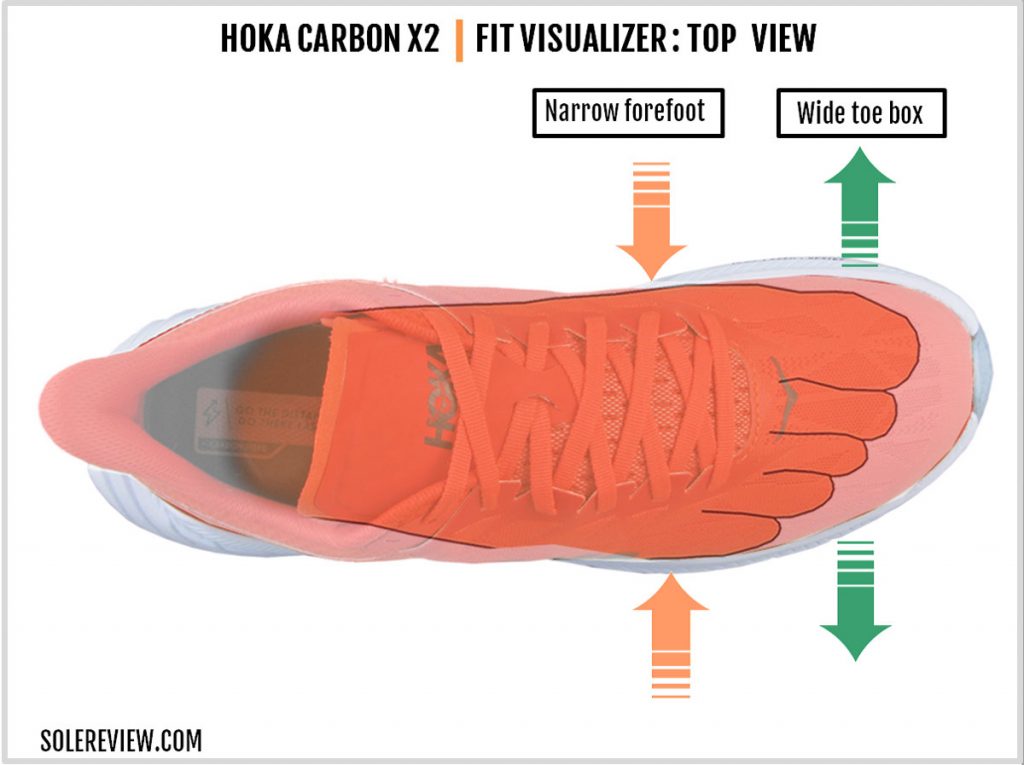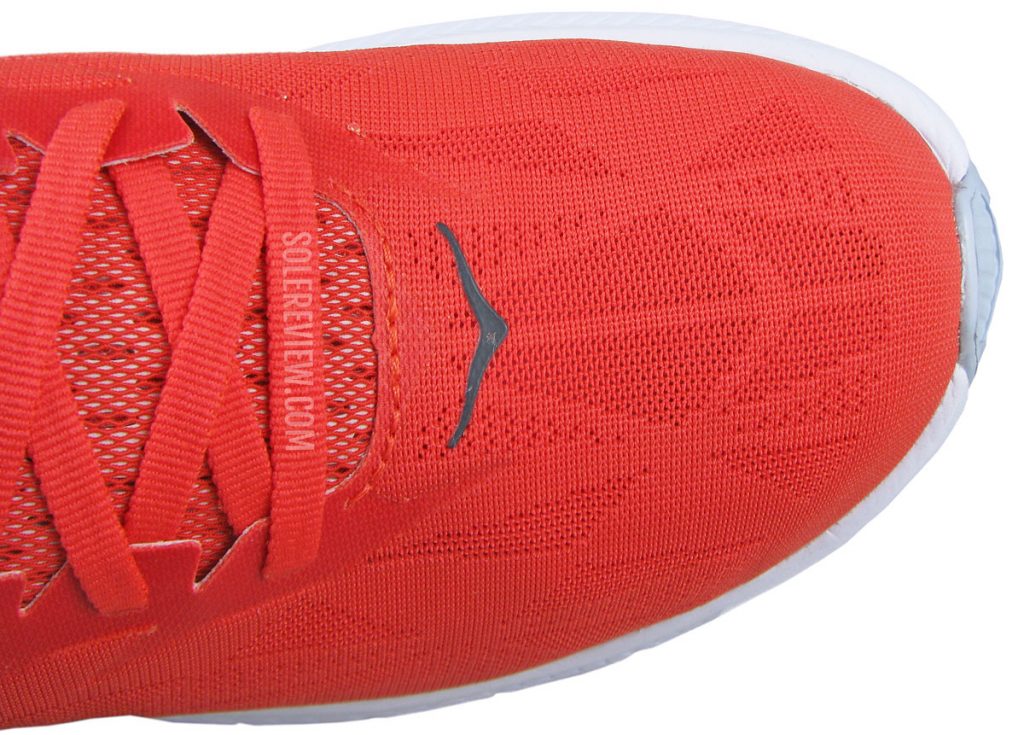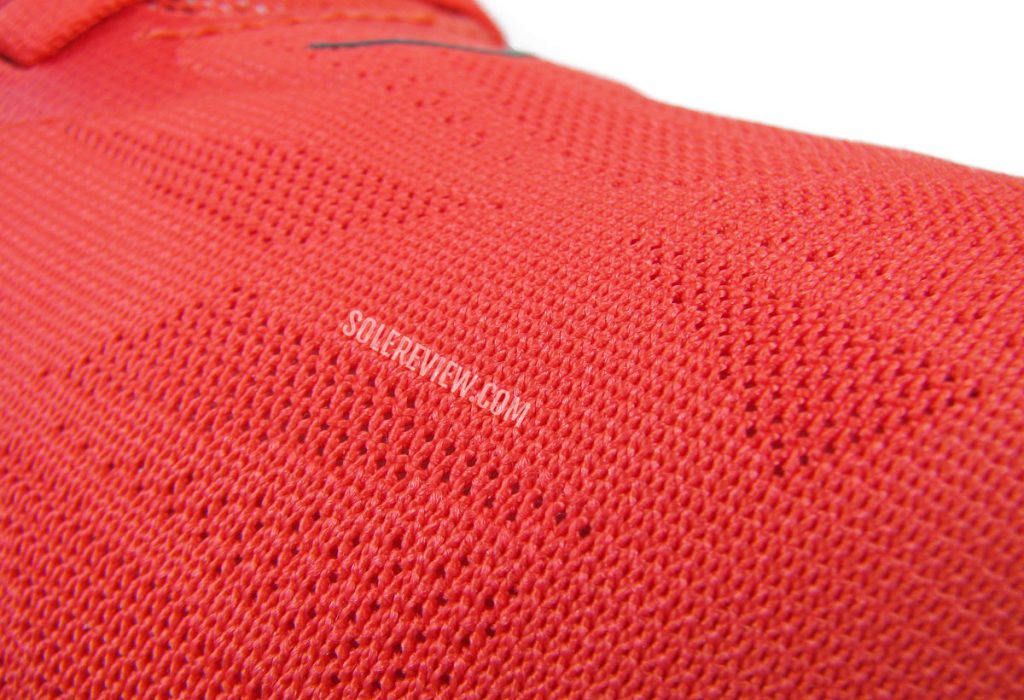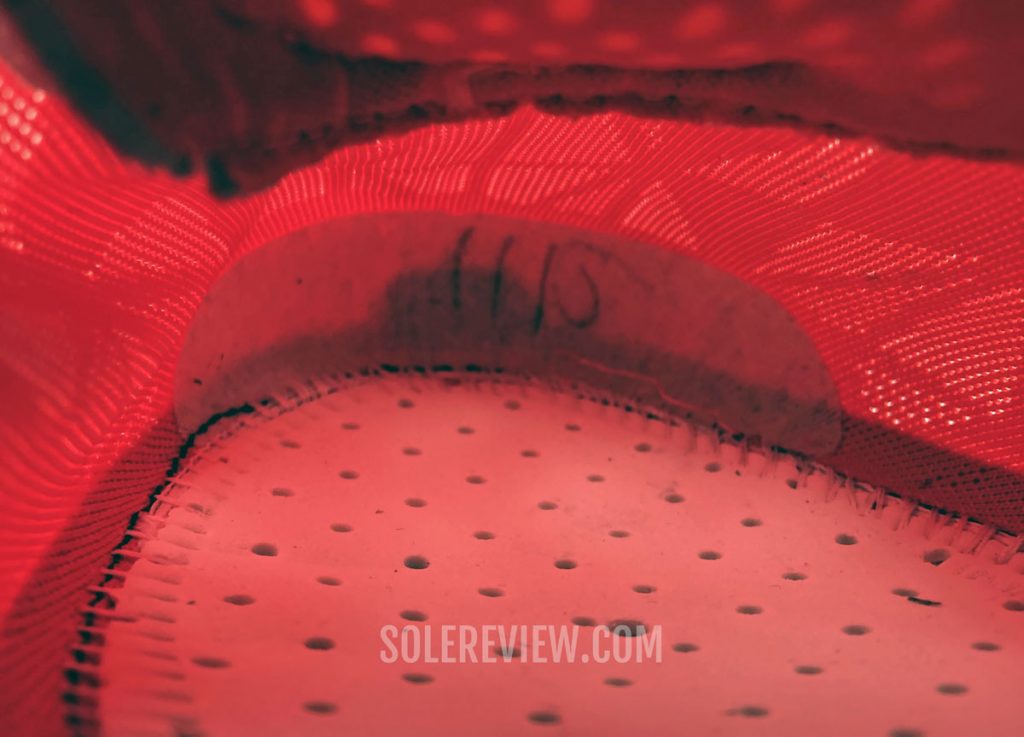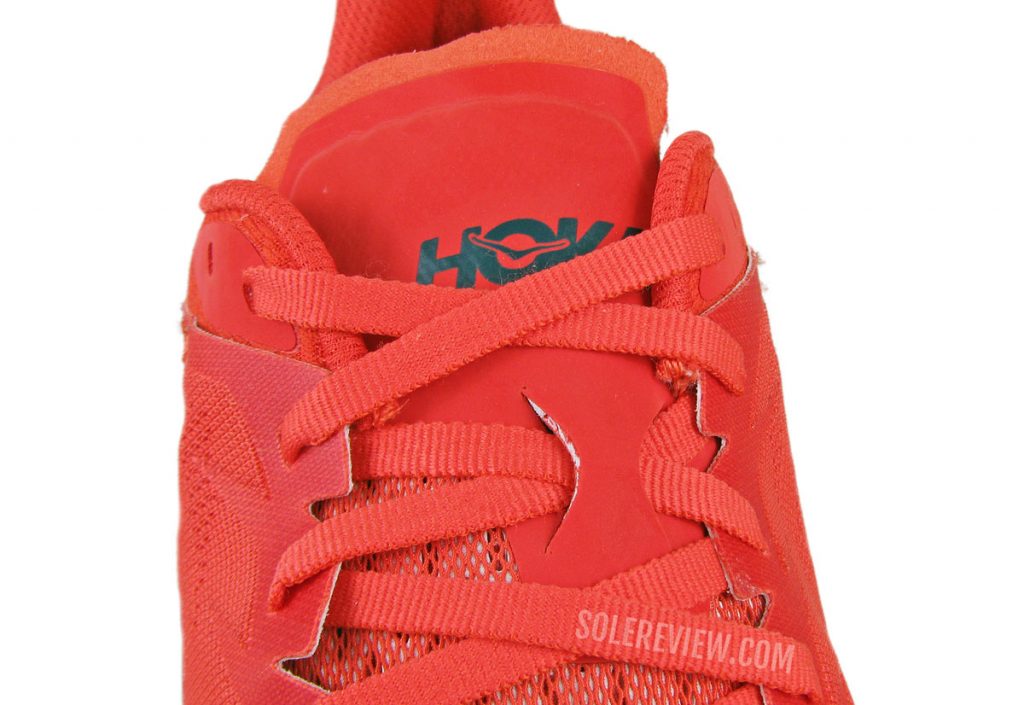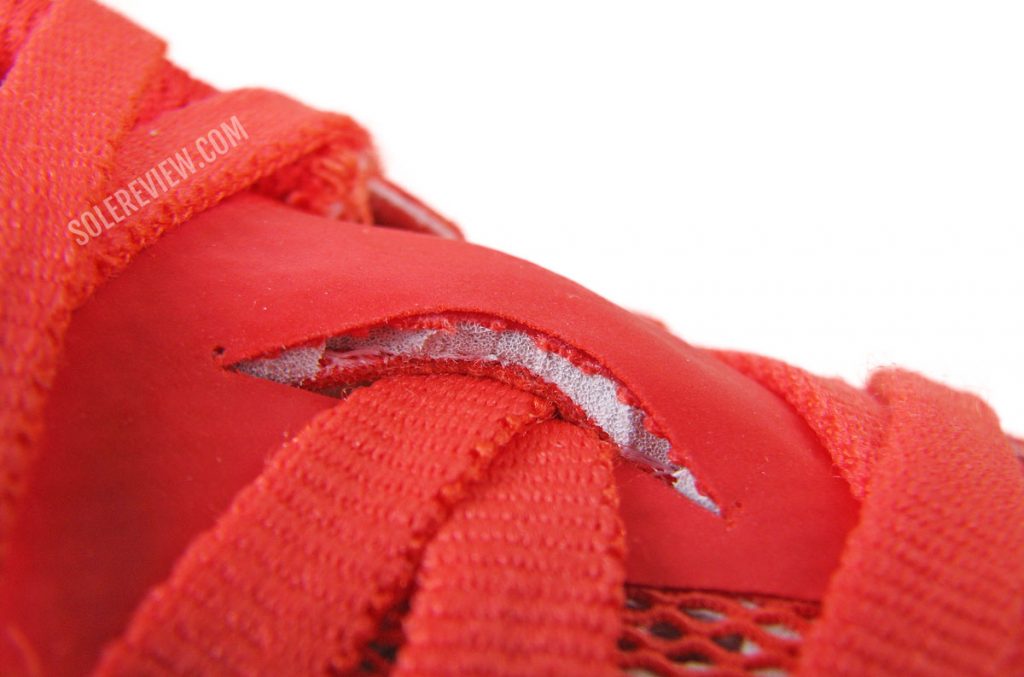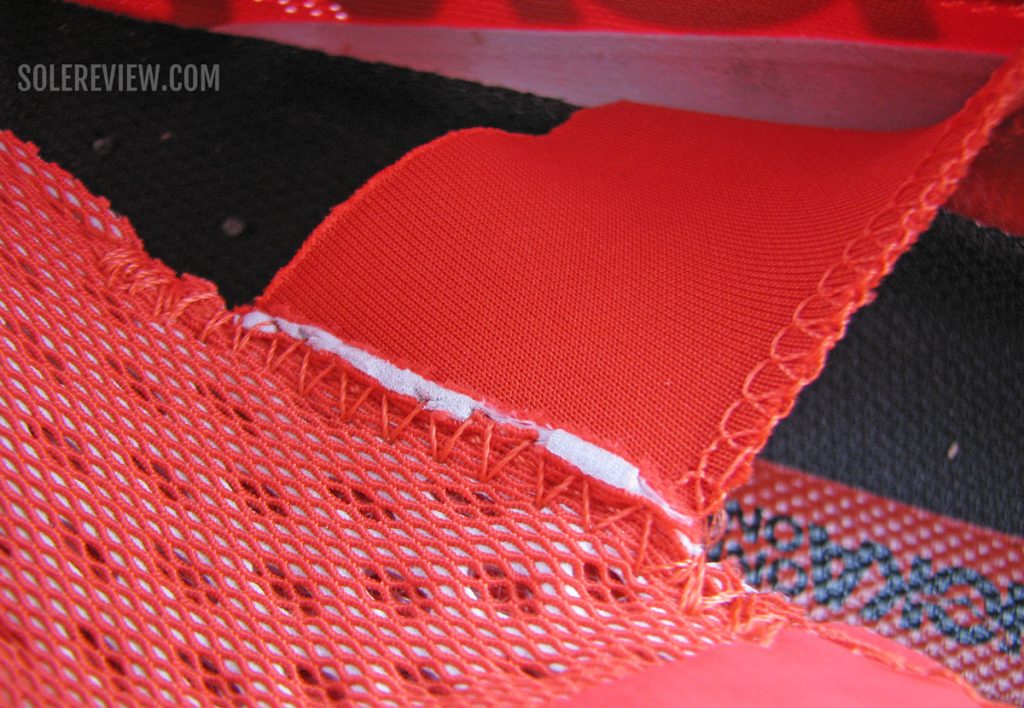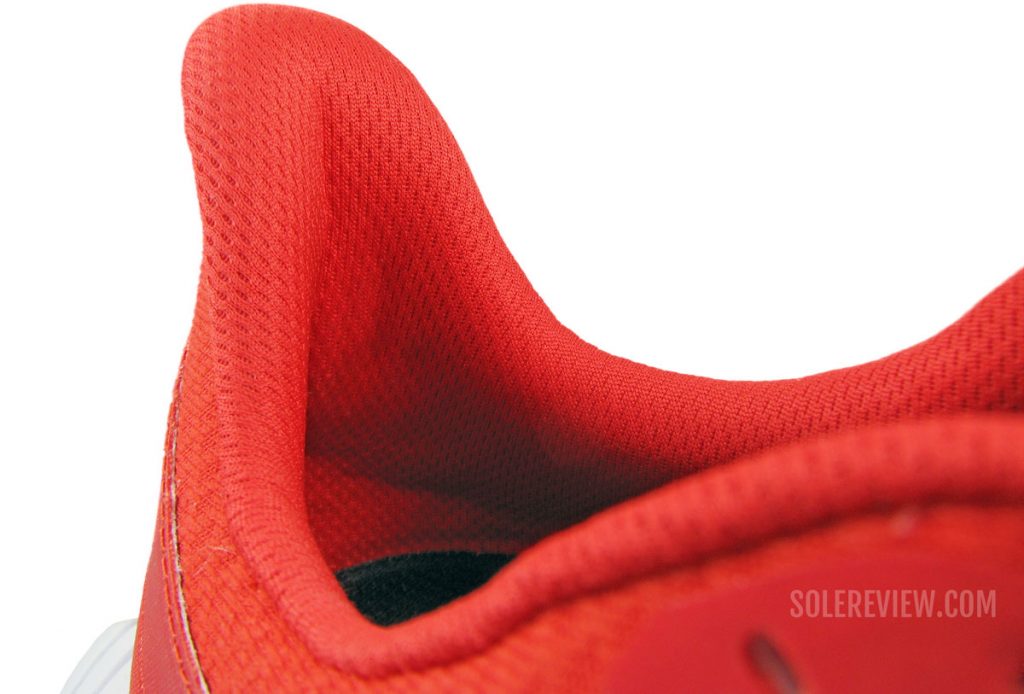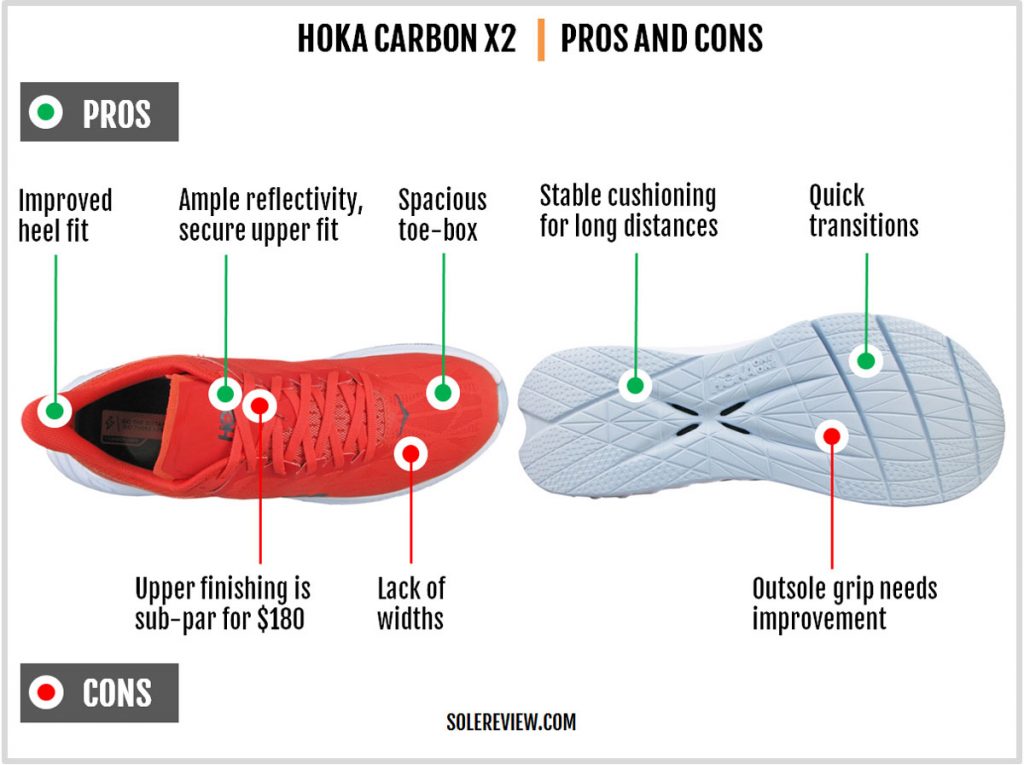The Hoka Carbon X2 was purchased at full retail price for this review.
INTRODUCTION
Indulge us for a moment.
Let’s say that a runner purchases the Hoka Carbon X2 as their first Carbon-plated running shoe. Not the Nike Vaporfly, not the Saucony Endorphin Pro, but the Hoka Carbon X2.
Now, when that person goes for their first run in the Carbon X2, the first thing that comes to mind would probably be, ‘Is this it? The shoe feels very ordinary for a shoe with a Carbon plate.’
What happened to the magical bouncy snap of the Carbon plate that people speak of? After all, isn’t that what kickstarted an entirely new category almost overnight?
As the crowd of Carbon-plated running shoes grew in size, so did the variants. After all, there’s only so much one can do with a singular concept.
Soon, this Carbon-based life form evolved into different sub-species.
To be specific, it evolved into three distinct types of Carbon-plated shoes. The first group had highly cushy and bouncy models like the Nike Vaporfly and Saucony Endorphin Pro. Not only are these shoes excellent for long-distance comfort, but the plate also helps their case as road racers.
The second kind of plate-fitted running shoe focuses just on the transitional aspect of the gait cycle. These shoes lacked the ‘springboard’ effect produced by Nike and Saucony; in lieu, they made the shoe faster by adding a consistent layer of stiffness close to the outsole.
Hoka was one of the first brands to go in this direction with the Evo Carbon Rocket.
Since then, most of Hoka’s plate-equipped shoes are based on a similar premise, with variations in the midsole softness, stack heights, heel offset, and such. Asics, too, represents this category with the Metaracer.
So that sums up the Hoka Carbon X2. It’s a racing shoe that marries a firmly cushioned midsole with a Carbon Fiber plate, and the result is a fast ride that isn’t harsh on the feet.
We’ll dive into the changes between the X1 and X2, but it would help to know that the X2 is a softer and more comfortable version. That’s all relatively speaking, of course.
Finally, there’s a category of shoes that lie somewhere in the middle. These would be shoes like the firmer Nike Zoom Fly or Brooks Hyperion Elite. The plate orientation is similar to the Vaporfly concept, but the firmer midsole foam tones down the plate’s movement.
THE HOKA CARBON X2 vs. CARBON X1
Based on looks alone, it’s usually hard to tell how the visual differences (between two shoes) affect the on-road performance. The Hoka Carbon X2 proves to be an exception.
When placed side-by-side with the X1, the exterior profile of the updated midsole strongly hints at the changed ride behavior. The first edition of the Carbon X had a thick foam outsole – which happens to be the firmer part, by the way.
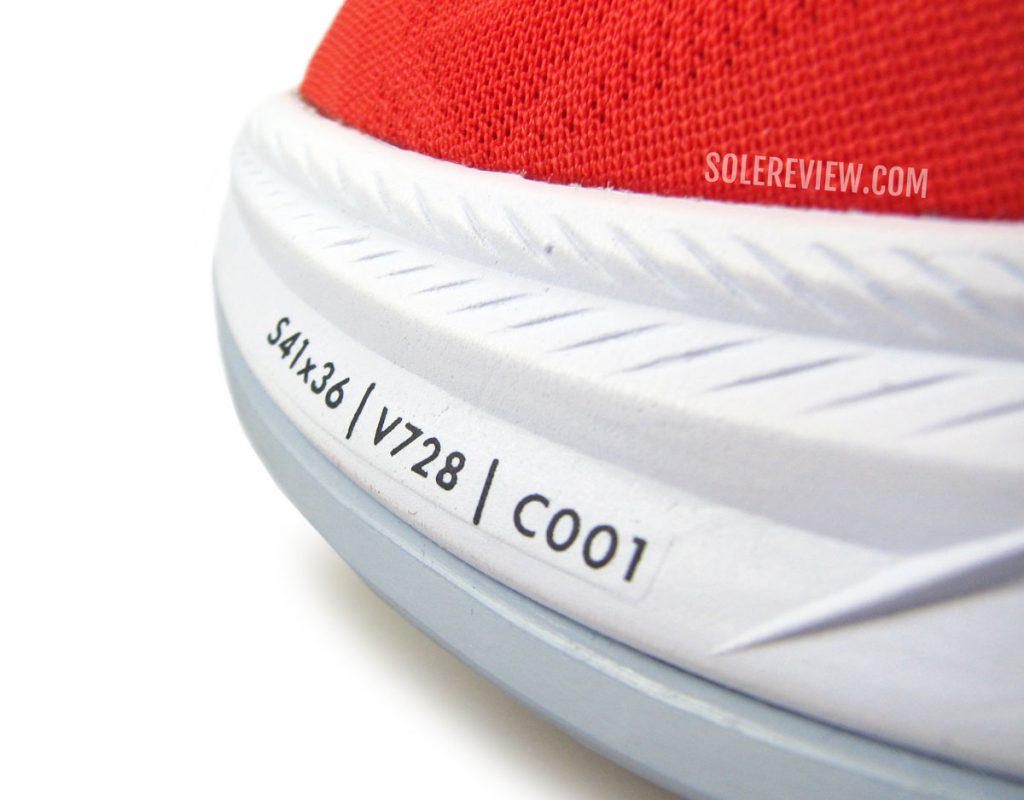
The Carbon X2’s upper midsole is now a lot thicker than the lower – and firmer – half. The overall ride quality remains firm.
The X2 allocates a higher stack height to the softer (top) part of the midsole while making the lower half slimmer and half of the original thickness. So naturally, the X2 acquires a softer ride.
The reduction in the thickness of the firmer outsole also reorients the internal Carbon Plate. On the X2, the stiff plate is now closer to the ground – in an Asics Metaracer kind of way.
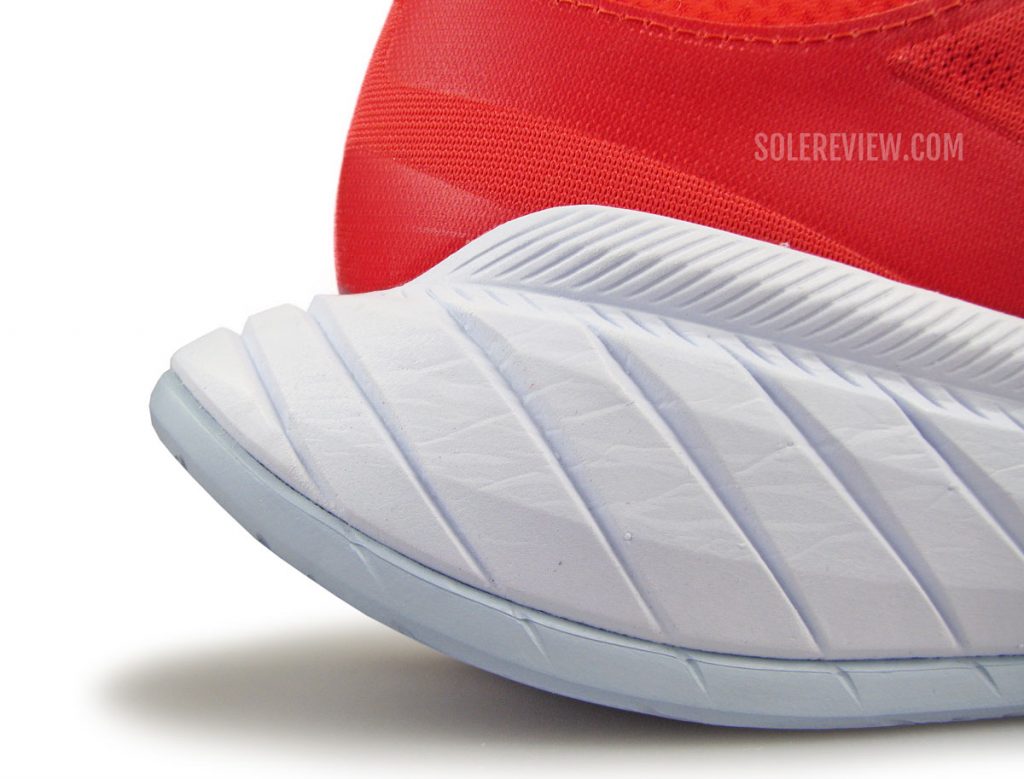
The pale blue part is the (firmer) foam outsole. This part is a lot thinner than the previous design.
This update increases the underfoot comfort while isolating the efficient character of the Carbon plate.
The lower-to-the-ground orientation makes the transitions smoother as there’s only a minimal layer of foam separating the plate from the road.
At the same time, the thicker foam above it results in a higher level of cushioning comfort. A firmer base also gives the Carbon X better stability.
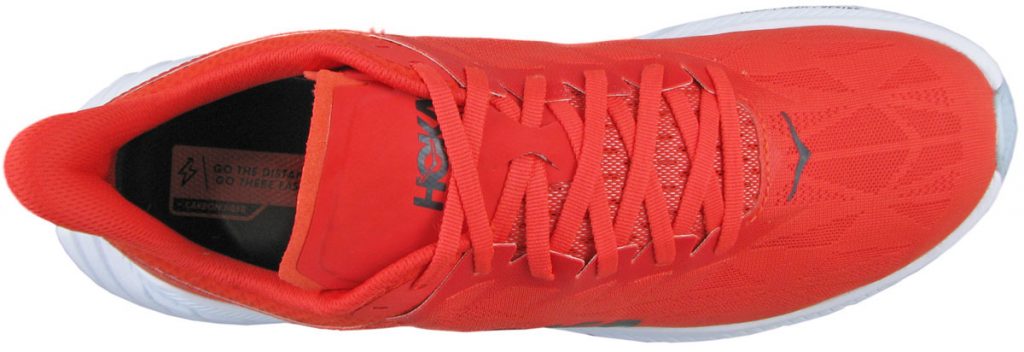
The X2’s tweaked upper is improved. The heel design is comfort-oriented, and the reflectivity gets a boost.
The new upper arrives with several functional improvements. The X1’s stiff heel collar wasn’t comfortable enough for high-mileage runs; the X2 makes amends with a soft Achilles collar that no longer chafes the heel.
The tongue grows longer and acquires a lot of reflectivity that’s very useful during low-light conditions.
THE RIDE EXPERIENCE
The quick transitions and cushioned ride are nice and all, but the Carbon X2’s stand-out feature is its ride stability.
Runners often complained (and so did Solereview) about the lack of support on softer Carbon-plated shoes like the Vaporfly and Endorphin. That is usually the unavoidable consequence of using a soft midsole foam and narrow heel base.
The Hoka Carbon X2 doesn’t suffer from such shortcomings. Even with the high stack heights (>30 mm across), the midsole is very stable during the entire gait cycle.
This is even after taking into consideration the softer midsole. But the term ‘softer’ is relative to the X1 and should be taken with a grain of salt.
This midsole uses an EVA-blend foam that’s firm by most running shoe standards. The Carbon X2’s midsole is more like Saucony Ride soft, rather than Asics Nimbus or Saucony Endorphin soft.
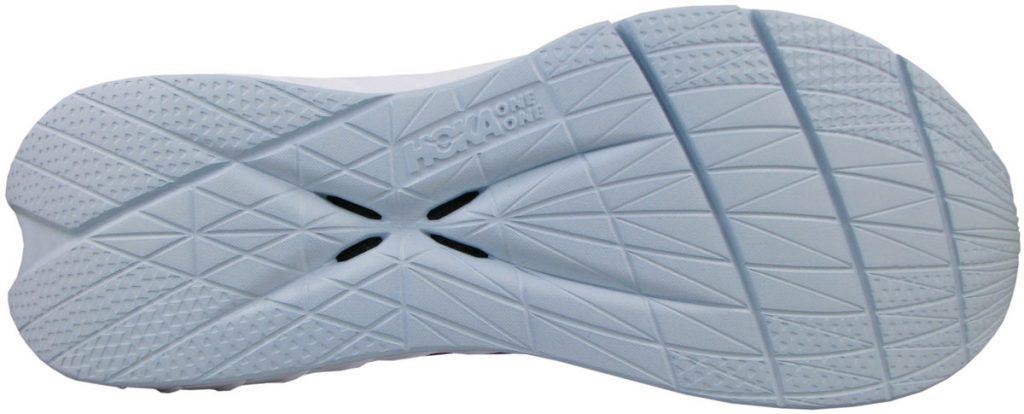
The midsole is wide across its length; the foam outsole has a flat geometry. Both these factors aid stabillity.
Several other factors help with stability. The midsole base is wide under the heel and forefoot. The sidewalls extend outwards and are molded solid. The foam outsole has a flat profile with no gaps. The raised midsole edges cup the foot over the heel.
At no point during a run – regardless of the speed – does the Carbon X2 feel unstable. It’s very solid-footed. Moving the plate closer to the outsole helps the Carbon X2’s case as a racer.
Even though the firmer foam section (outsole) is thinner on the V2, the stability is as good, if not better, than the V1.
The plate-foam integration isn’t great. The outline of the plate can be felt under the forefoot; perhaps the Carbon component isn’t wide enough?
We plan to take apart the shoe later this year, so that should answer many questions. However, we do wish that the Carbon-foam blend was as smooth as the Asics Metaracer.
The outsole is still foam, so it’s forgiving upon contact and during different phases of the gait process. Having said that, the traction falls short of racer standards. The absence of trusty rubber and/or lugs impact the overall grip.
The grip isn’t bad on dry roads, but the foam outsole is unsuitable for slushy, damp, or dusty surfaces. Initial wear and tear happen quickly at high-abuse areas.
The transitions would have been better with an aggressive outsole texture and/or performance rubber compound.
Shoes like the Asics Metaracer and adidas adios Pro demonstrate that even flat outsoles are capable of excellent traction – as long as they’re made of high-grade rubber.
To be clear, we’re not complaining about the transitions – just the traction. The midsole character is race-worthy; after all, the Carbon X has been endorsed and used by elite athletes with great success.
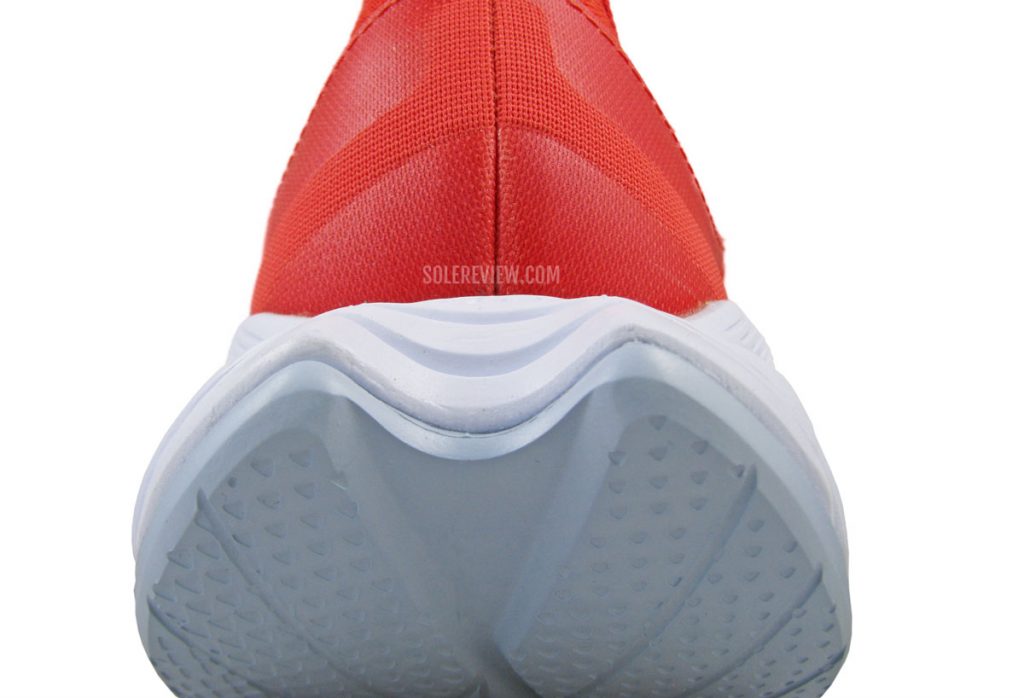
The significant midsole overhang doesn’t get in the way of foot-strike, because it’s conveniently beveled for smoother transitions.
The firmness, plate, and flat outsole work together to produce a snappy ride that doesn’t feel harsh at all.
Though the rear midsole has a pointy hoof-shaped end, the rocker profile prevents it from catching the ground and enables a gradual transition for rearfoot strikers.
However, the ride is very muted. The plate is what you make of it; it doesn’t propel you forward or engage in similar theatrics.
The midsole foam is not responsive; even the soft layer of step-in cushioning is missing.
We learned a long time ago that most running shoes can be a completely different product without their soft footbed and lasting.
The lasting foam doesn’t add a lot of cushioning value, and nor does the insole. The insole is glued half-heartedly to the lasting, and that means it’s removable for all practical purposes.
Considering how the midsole and plate are set up, it would be unreasonable to expect the Carbon X2 to behave like some of its PEBA foam peers.
This is a shoe that asks the runner to do most of the work. While the low-to-ground plate does help in speeding things up, it’s a reciprocal relationship between effort and reward.
Unlike most Carbon-plated shoes, this shoe imposes no penalty for going slow. While fast runs are its forte, relaxed paces are perfectly doable too.
The stable ride help make that happen. Whereas in softer shoes with a plate, an easy run usually leads to an unstable ride. The Hoka’s firm midsole, the wide base, and the bottom-oriented plate create a supportive foundation.
As far as shoes of its ilk go, the Hoka CX2 is extremely versatile. Even if we said that it was the most versatile running shoe with a Carbon plate, most will find it hard to argue otherwise. It’s certainly more versatile than the Nike Vaporfly and Saucony Endorphin Pro.
Sure, there are a few use-cases where the Carbon X2 may not be a good fit.
Like many other cushioned and plated shoes, the CX2 isn’t ideal for track-use and 5K races. We said the same thing of the Nike Vaporfly 4% as well. The CX2 doesn’t feel quick enough for track or short 5K blasts.
For everything else, this Hoka shoe shines. The CX2 is always up for sustained distance runs at a decent pace range (4:30 min/km, 7 min/mile) or everyday training at lower (6 min/km, 10 min/mile). In other words, this is your daily trainer as well as a marathon racer.
Hoka doesn’t have a tried-and-tested assortment for traditional ‘flats’. After all, Hoka’s reputation has been built on the back of max-cushioning running shoes, not examples of foam-and-mesh minimalism.
And yet, Hoka sells the Evo Rehi – a 6.7 Oz/190-gram road racer with a 4 mm heel-to-toe offset.
Within the competitive landscape of other brands, the Rehi isn’t the best road-racer for 5K races – both from a functional and price-value lens. But within Hoka’s product line, the Rehi is your best best.
We recommend either the Saucony Type A9 or New Balance 1400V6 instead. They feel quicker, grip better, and cost less than the Rehi.
Even though a two-shoe rotation of the Carbon X2 and Rehi will suffice, another Hoka model like the softer Clifton 8 adds a higher level of comfort to your daily runs.
Again, we’d pick something that makes the rotation more fun than an all-Hoka setup – say, the New Balance Fuelcell Rebel 2 for instance.
The newest edition of the Rebel uses the same Fuelcell foam as the RC Elite, and it’s priced competitively. It’s an excellent neutral trainer to do it all – its 7.2 Oz/204-gram weight makes it good for quick runs, whereas the soft ride is ideal for comfortable everyday training.
IS THE HOKA CARBON X2 DURABLE?
The outsole is made entirely of EVA foam, so it wears down faster than comparable shoes with a rubber outsole. The outsole wear happens rather quickly around the landing and transition zones.
The shredding process slows down after the first 30-50 miles. The flat geometry of the foam outsole is good at spreading the wear and tear uniformly; there are no foam ‘pillars’ or lugs.
The upper mesh is thick enough as well as layered; high-friction areas like the lacing panel are reinforced with a backer textile.
THE UPPER DESIGN AND FIT
Like many Hoka running shoes, the Carbon X2’s fit runs narrow and long. It’s easy to forget that Hoka’s early roots lay in trail running, and a narrow forefoot helped secure the foot during the uphill and downhill sections.
As Hoka evolved to become a more generic running shoe brand, it forgot to update the fit (and therefore, last) with the changing assortment.
A snug fit isn’t a drawback under most circumstances, but then, what should a wide-footed runner do? Hoka does not sell a wide in the Carbon X2.
So here we are – reviewing a running shoe with a snug fit and roomy toe-box.
And the toe-box is spacious alright. You can wiggle the toes all you want; the abundance of space is helped by the soft mesh covering. There are no overlays or stiffeners around the toes that restrict movement.
The ventilation levels are ok. Except for the forefoot, the midfoot panels have a dense knit. Rather than airy foam, the tongue uses a thin EVA sheet as padding.
Even with the perforation, the tongue isn’t as comfortable as the foam-quilted kind. It’s also not as soft as regular tongues, so it doesn’t sit as fluidly too.
It is, however, very effective at absorbing the pressure from the flat laces. The tongue is longer this time, so there’s ample coverage for the extra lacing row (heel lock) when necessary.
It also gets a large reflective panel on its flap as well as the last two eyelets – this makes the upper very visible during the dark.
Just like the X1, the Carbon X2 has a pair of midfoot gussets holding the tongue in place. The tongue doesn’t slide, so that’s one less thing to worry about during long-distance runs.
The heel fit is the most improved part of the new model.
Unlike the chafe-inducing heel of the first model, the X2 gets a soft collar with a ‘modern’ design. The rear-curved heel makes it easier for the foot to slide in while keeping the foot locked in during runs.
Even though there’s nothing wrong with the upper fit per se, most Hoka uppers feel an exercise in lazy design that achieves just the bare minimum. This is true for Skechers too. Competing brands like Saucony are elevating their shoe upper game, so should Hoka.
PROS AND CONS
One could argue that the $180 retail price is good value for a running shoe with a CF plate. However, the midsole is regular EVA foam and the upper doesn’t feel like it belongs on a $180 shoe.
The upper quality of Hoka (and Skechers too) has a lot of room for improvement.
While Hoka uppers have improved over the years, they come across as shoddy at times. They should look to brands like Saucony and Brooks for inspiration – even their $110 shoes knock it out of the park.
Other than that, the Carbon X2 performs as advertised. The thick midsole keeps the ride harshness away, and delivers transition quickness through its firm foam stack and Carbon plate. Though the outsole grip isn’t perfect, it doesn’t slip either – as long as the runs take place on dry roads.
Except for the narrow fit and lack of sizing widths, the upper is comfortable and keeps the foot secure at speeds.
The new heel collar is softer on the Achilles and much better than the previous version. Plenty of reflectivity is now available over the tongue too.
Do you own this shoe? Improve this review by sharing your insights – submit a review here.

